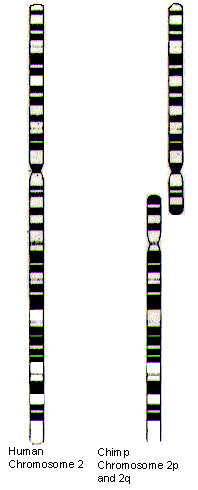What much of the anecdotal evidence of conscious people with brain-space of mostly water seems to ignore us that the brain is a highly plastic environment, and we are thought to use, what, 10% of it?
I believe that has been upgraded to 100%.
One of the most persistent and widely spread brain myths states that we only use 10% of our brains......
The truth, however, is less fantastic. There is absolutely no scientific evidence, which confirms this myth, not even to some extent. Various theories on the origin of this myth exist, but there is no significant evidence to suggest that we only use 10 or any other specific or limited percentage of our brains. On the contrary, all existing data shows that we use a 100% of our brains.
https://www.oecd.org/education/ceri/neuromyth4.htm#
But not all at the same time!
I.e. it is not unreasonable to assume that in some cases a person with only a few % of brain matters might still display normal capability. They just wouldn't have, I'd wager, much headroom (no pun intended) in the event of damage to their brain being somehow picked up by the rest.
Yes, when the microtubules begin to catastrophe without renewal it results in diminished capacity, but the very plasticity of "biochemical states" the neural network adopts, allows it to find duplicate codes that work within desired limits.
Hameroff explains his work on the relationship between microtubule catastrophe and Alzheimer's and Dementia.
There is a clear connection.
I have an actual personal hypothesis explaining the extraordinary complexity of the human brain as a result of a beneficial genetic mutation
that affected the growth sequence of the original ancestral ape brain and was causal to the eventual genetic split of "homo sapiens" from our "common ancestor".
Human Chromosome 2 isa fusion of two ancestral chromosomes
All great apes apart from man have 24 pairs of chromosomes. There is therefore a hypothesis that the common ancestor of all great apes had 24 pairs of chromosomes and that the fusion of two of the ancestor's chromosomes created chromosome 2 in humans. The evidence for this hypothesis is very strong.
Let us re-iterate what we find on human chromosome 2. Its centromere is at the same place as the chimpanzee chromosome 2p as determined by sequence similarity. Even more telling is the fact that on the 2q arm of the human chromosome 2 is the unmistakable remains of the original chromosome centromere of the common ancestor of human and chimp 2q chromosome, at the same position as the chimp 2q centromere (this structure in humans no longer acts as a centromere for chromosome 2.
Conclusion
The evidence that human chromosome 2 is a fusion of two of the common ancestor's chromosomes is overwhelming.
http://www.evolutionpages.com/chromosome_2.htm
Here we have a chromosome that is the second largest in the human body and is "unique" to humans. Was this mutation responsible for extraordinary braincell growth?
But then we understand so little, biologically or philosophically, about what consciousness even is.
True, but new data gleaned with improved observational equipment and AI, is streaming in faster than anyone can handle. And that is where AI will become invaluable for scanning the internet for related materials that may present small pieces of the puzzle but collectively may point in a specifid direction.
There is a problem, as I see it:
A long time ago David Bohm observed that many sciences have become fractured and specialized due to the enormity of scope and tangents and that can be detrimental in that the more removed the specialty is, the more the language becomes removed from the mainstream and we end up with scientists debating terminology rather than the science itself.
This prompted me to collect examples of research that involve MT as a common denominator in
all Eukaryote life.. This may have seemed a random collection, but there was always the MT (and related filaments) as a common denominator and related to exteroception and interoception of the organism.
How are you defining "consciousness"? Are you suggesting that plants ask questions, for example? Do fleas? Ants? Dogs?
Is "tasting" a form of questioning? Why does a Venus flytrap only respond to a double irritant instead of one? It can count!
What about newborn babies? You refer to "self-referential" but babies, for example, aren't self aware until c.18 months old. But they are conscious. So some clarity as to what you mean, please?
My daughter discovered her hands and feet at a little over 9 months.
But that little brain was gathering information from the moment it was born and was storing data at an incredible rate.
(ever watched a deaf baby hear a voice after an implant? It's heart-warming)
Before then the self-referential homeostatic network already was controlling the physical well-being of the organism autonomously.
Yes, and that sub-conscious autonomous function emerged very early after the evolution from Prokaryote to Eukaryote and the evolving self-organization of cytology in all living organisms on earth, both fauna and flora.
Witness the single celled Paramecium that can detect exterior obstacles and learn to navigate, and the slime mold that can walk and hunt (pseudopodia), to hemocyanin Octopoda (evolved slugs) that have 9 brains, color-sensitive skin, and can "shape-shift at will" to blend perfectly with its environment.
It seems to me that trying to pin down the point of self-awareness as similar to trying to establish the first "living organism". (Except for that article about chromosome 2)


:max_bytes(150000):strip_icc()/spider-in-dew-covered-web-10003470-58e666405f9b58ef7ec6f19c.jpg)